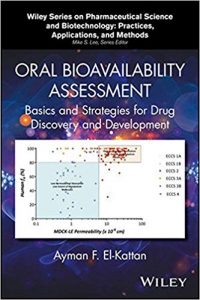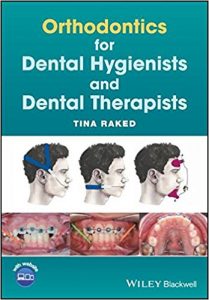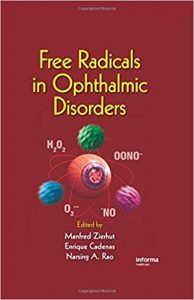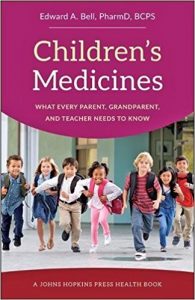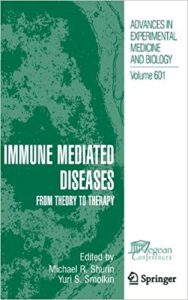Basic Sciences for Dental Students 1st Edition

[amazon template=iframe image2&asin=1118905571]
The ‘all-in-one’ solution to mastering basic sciences in preclinical dentistry
Basic Sciences for Dental Students is a cutting edge textbook specifically designed to support the needs of early years undergraduate dental students. Written by leaders in dental education and active oral and dental researchers involved with student assessment, the text explains the basic science that underpins the dental curriculum in undergraduate dental courses worldwide.
Specifically related to dentistry and future clinical practice, chapters cover all of the introductory subjects that students need to know – biomolecules, cell biology, tissues of the body, cardiovascular, circulatory and pulmonary systems, the nervous system, immunology, oral microbiology, pathology, head and neck anatomy, tooth development, craniofacial development, saliva, and dental materials.
Key features:
- Provides the basic science that underpins the early years of a dental curriculum
- Specifically tailored towards dentistry and future clinical practice
- Written by leaders in dental education and active oral and dental researchers
- Includes learning objectives and clinical relevance boxes throughout
- Self-assessment questions and downloadable figures are hosted on a companion website
Basic Sciences for Dental Students is an indispensable resource for undergraduate dental students, especially those in the early years of their studies. It is also a useful revision tool for postgraduate MJDF and MFDS examinations and overseas candidates sitting their OREs.









